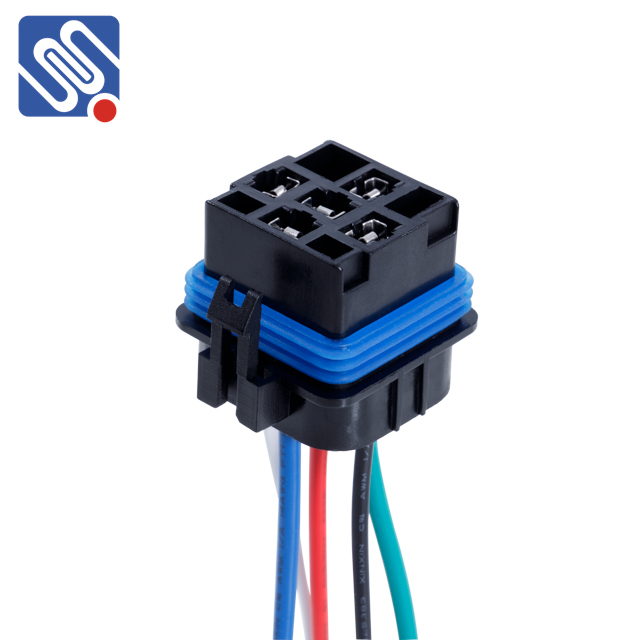Relay connectors are critical components in a variety of electrical systems, acting as the essential link between relays and other circuit elements. These connectors ensure the proper transmission of power and signals between the relay and the rest of the system, enabling reliable performance and functionality in everything from automotive to industrial applications. This article explores the importance of relay connectors, their types, design considerations, and common applications.

The Role of Relay Connectors A relay is an electrically operated switch that opens or closes contacts to control the flow of electricity in a circuit. While the relay itself plays the role of switching between different states, relay connectors are responsible for maintaining the integrity of the electrical connection between the relay and other components. Without reliable relay connectors, the system could experience faulty connections, performance failures, or even damage to sensitive electronic parts. The primary function of relay connectors is to connect the relay’s control circuit to the switching mechanism in an efficient and safe manner. They facilitate the flow of current and ensure that the relay responds accurately to control signals. Depending on the type of relay used, connectors might be designed to handle high-voltage or low-voltage circuits, as well as high or low current. The design and quality of these connectors are crucial to the overall efficiency and reliability of the system.
Leave a Reply